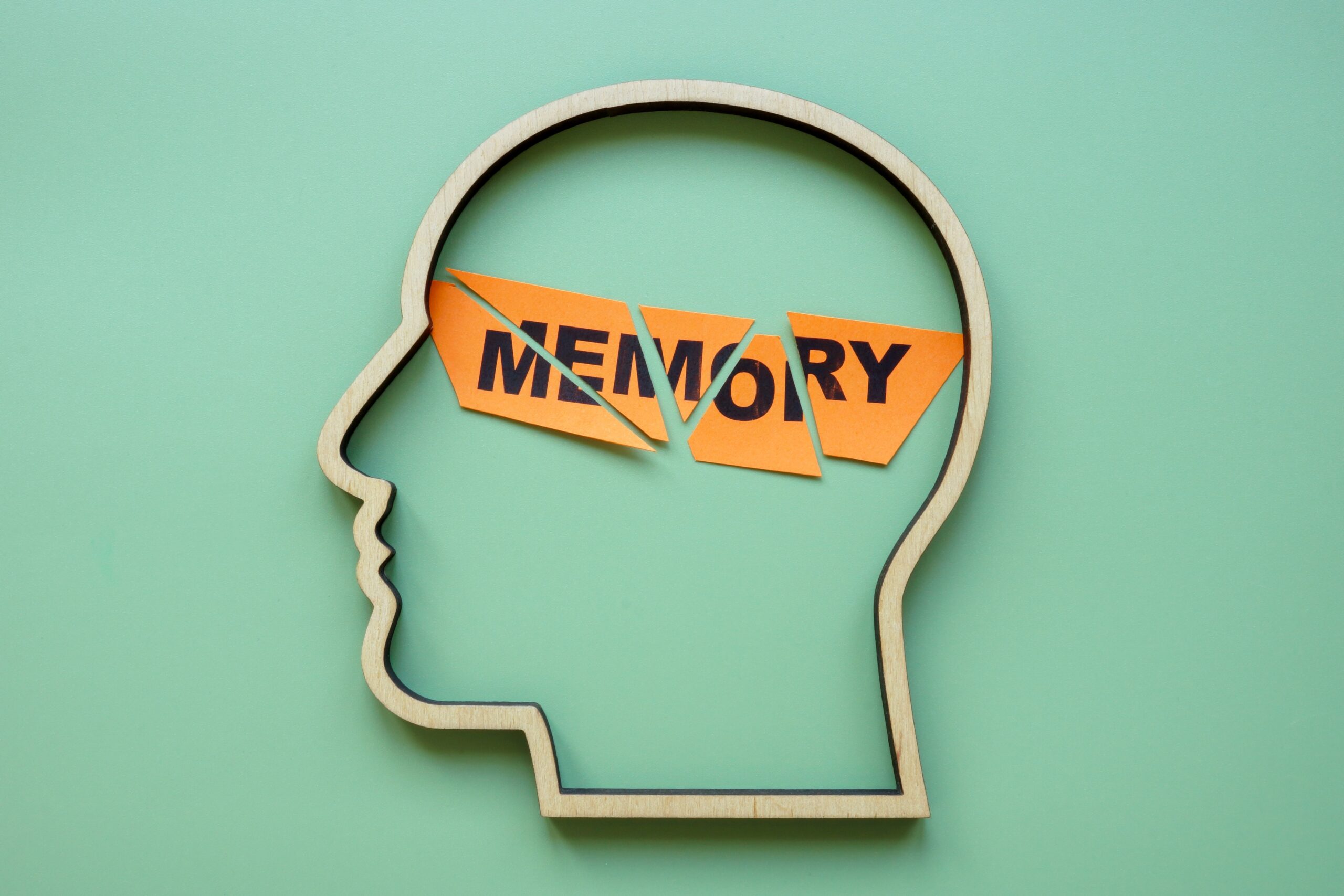The rare gift (or curse) of hyperthymesia.
Imagine being able to recall every single day of your life—what you wore, what the weather was like, what you ate for lunch on a random Tuesday 20 years ago. For most people, that sounds impossible. But for a rare few with a condition called hyperthymesia, it’s reality. These individuals possess highly superior autobiographical memory (HSAM), allowing them to remember personal events with astonishing clarity. This article explores what it’s like to live with hyperthymesia, the science behind it, and how extraordinary memory shapes identity, emotion, and daily life.
Outline
- Introduction
- What Is Hyperthymesia?
- The First Documented Case: Jill Price
- How Does It Work?
- Life with a Perfect Memory
- The Emotional Weight of Remembering
- How Rare Is It?
- Hyperthymesia vs Photographic Memory
- Can Anyone Develop This Ability?
- Final Thoughts
Introduction
Most of us forget more than we remember. Our brains selectively store moments—birthdays, breakups, exam results—while the rest fades quietly into the background.
But for people with hyperthymesia, forgetting isn’t an option. Every day, every detail, every emotion remains vivid and retrievable, even decades later.
They don’t just remember facts. They relive experiences.
What Is Hyperthymesia?
Hyperthymesia, or Highly Superior Autobiographical Memory (HSAM), is an extremely rare condition in which individuals have an exceptional ability to recall personal life events in precise detail.
Characteristics:
- Can recall the exact date of personal events going back decades
- Memories are typically automatic, not effortful
- Tends to be specific to autobiographical memory—not general knowledge
- Often accompanied by an obsession with calendars or dates
Importantly, people with hyperthymesia don’t choose to remember—they just do.
The First Documented Case: Jill Price
The condition first came to scientific attention in 2000, when a woman named Jill Price contacted researchers at the University of California, Irvine, saying:
“I can remember every day of my life since I was 14.”
Initially sceptical, neuroscientists James McGaugh and his team tested her memory extensively. To their astonishment, she could recall dates, events, and even news headlines going back decades—with near-perfect accuracy.
Jill Price was diagnosed as the first known case of hyperthymesia. Her memoir, The Woman Who Can’t Forget, reveals both the wonders and the burdens of her memory.
How Does It Work?
The exact neurological mechanisms of hyperthymesia are still under investigation, but brain scans of individuals with HSAM have revealed:
Brain structure differences:
- Enlarged caudate nucleus and temporal lobes—areas associated with memory processing
- Heightened activity in the amygdala, the brain’s emotional centre
- Possible overlap with obsessive-compulsive tendencies or pattern recognition
These individuals often show enhanced connections between memory regions—but not necessarily better memory in general.
In other words, they don’t remember everything—just everything that’s happened to them.
Life with a Perfect Memory
So, what’s it like?
Pros:
- Can remember birthdays, anniversaries, and emotional milestones
- Useful for autobiographical writing, history, or legal testimony
- May enhance empathy or self-awareness
Cons:
- Negative memories never fade—grief, embarrassment, trauma are as fresh as yesterday
- Can feel emotionally overwhelmed by the constant presence of the past
- Difficulty staying in the moment
- Obsessive traits or anxiety about time and memory
As Jill Price put it:
“Most people are prisoners of their past, but I’m a prisoner of every past.”
The Emotional Weight of Remembering
Many people with hyperthymesia report that the condition feels as much a burden as a gift.
- A small insult or failure from years ago can still sting deeply
- Reliving painful moments isn’t optional—it happens spontaneously
- Some report difficulty with forgiveness, as the memory of wrongs remains too vivid
- Others describe being haunted by “ordinary” days—simply because they can’t escape them
Memory, after all, isn’t just data—it’s emotion, identity, and the stories we tell ourselves. And with HSAM, those stories never stop playing.
How Rare Is It?
Extremely.
Since Jill Price’s case, fewer than 100 people worldwide have been identified with confirmed hyperthymesia.
Researchers estimate:
- It affects fewer than 1 in 1 million
- More common in women than men (though not exclusively)
- Many cases may go undiagnosed, especially in cultures where memory is less studied or valued
Most people with HSAM report not knowing they were different until adulthood—often when others marvelled at their memory.
Hyperthymesia vs Photographic Memory
Many confuse hyperthymesia with eidetic or photographic memory, but the two are quite different.
| Feature | Hyperthymesia | Photographic Memory |
|---|---|---|
| Type of memory | Autobiographical (personal life events) | Visual (images, text, patterns) |
| Voluntary recall | Often involuntary | Typically intentional |
| Emotionally charged? | Yes | No (usually factual) |
| Proven scientifically? | Yes, in rare cases | Largely anecdotal, little hard evidence |
In short: hyperthymesia is real, rare, and deeply personal. Photographic memory? Still up for debate.
Can Anyone Develop This Ability?
Unlikely. But certain practices can sharpen memory and help develop stronger autobiographical recall:
Try:
- Journaling daily, especially with detail
- Using dates and calendars in stories or reflections
- Practising mindfulness and visualisation to strengthen encoding
- Using emotional anchors (what you felt, not just what you saw)
While true hyperthymesia is thought to be neurological, these habits can enhance your ability to remember your own life more clearly.
Final Thoughts
To remember every day is to carry a full archive of yourself—unedited, unfiltered, and unrelenting. For those with hyperthymesia, memory isn’t a highlight reel. It’s a perpetual playback of their entire story.
And while many of us envy the idea of “perfect recall,” perhaps forgetting—at least a little—is part of what lets us move on, forgive, grow, and make room for what’s next.
Because sometimes, memory is most powerful when it’s imperfect—just like us.







